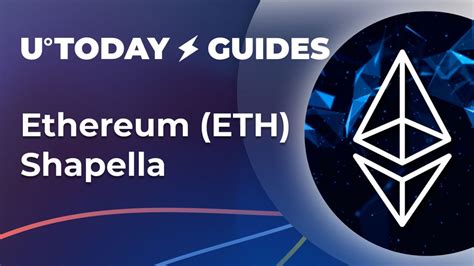Unlocking Efficiency: Understanding Midstates and Speeding Up Hashing
In the world of blockchain technology, particularly with cryptocurrencies like ethereum, finding ways to optimize performance has become crucial for developers, miners, and users alike. A common technique employed in these optimizations is using midstates. In this article, we’ll delve into what a midstate is, its significance in hashing, and how can significantly speed up the process.
What is a midstate?
A MIDSTATE REFERS TO THE “PRECOMPUTED HASH STATE AFTER HASHING THE FIRST HALF OF THE DATA.” This concept was introduced by Ethereum’s Developer, Vitalik Buterin, as part of his research on optimizing the blockchain’s hashing process. Essentially, a midstate is the precomputed result of hashing the initial portion of a block (or transaction) that contains all the necessary information to create a valid block.
How Does Hashing Work?

In traditional hashing algorithms like SHA-256 or KecCAK-256, data is divided into fixed-size chunks called blocks. Each chunk is then has a hashed independently using the algorithm’s secret key. The final result of this process is used as input for another hash function to produce a “hash value” that represents the entire block.
the problem with traditional hashing
Traditional Hashing Algorithms Have Several Limitations:
- Computation time
: Calculating hashes for each chunk individual takes time, making it inefficient for large datasets.
- Memory Usage : Storing Intermediate Results of individual hashes can consume significant amounts of memory.
- Energy Consumption : Using a lot of computations or data storage for hashing can lead to higher energy costs.
MIDSTATES: A Solution
The Concept of Midstates Addresses Limitations by Storing Precomputed Hash Values for the First Half Of The Block. When hashing a new block, instead of recalculating individual hashes from scratch, it’s possible to leverage these stored values directly.
Using a significantly reduces computation time and memory requirements:
* Computation Time : By avoiding redundant calculations, midstates can speed up overall processing times.
* Memory Usage : Storage costs are minimized since only the first half of the block is required.
Implementation
To implement Mindstates in Your Ethereum Project or Other Blockchain Applications, You’ll Need To Follow These General Steps:
- Collect first half data : gather all necessary data for the new block (transaction or block).
- Hash the first half : calculate the precomputed hash of the first half using a suitable hashing algorithm.
- Use MeState : directly access and use the precomputed midstate in your final hash calculation.
Conclusion
Midstates represent a valuable optimization technique that can significantly improved the performance of Ethereum-based blockchain applications. By leveraging precomputed hash values for the first half of data, developers and miners can reduce computation time, memory usage, and energy consumption while maintaining high security standards.
While implementing funds in your project may require some additional setup and configuration, it offers a promising solution to address the limitations of traditional hashing algorithms.
Để lại một bình luận